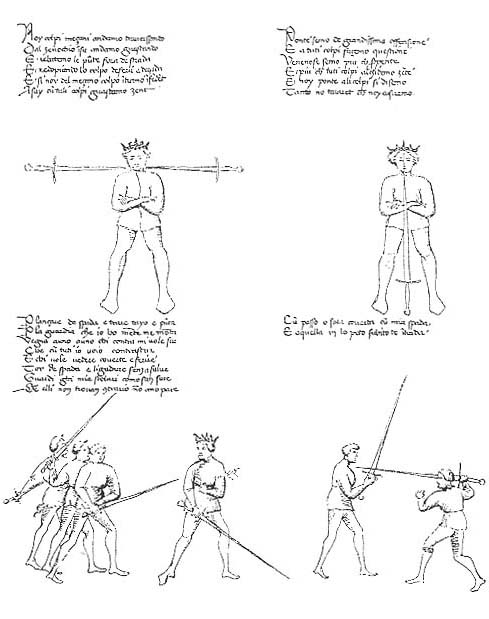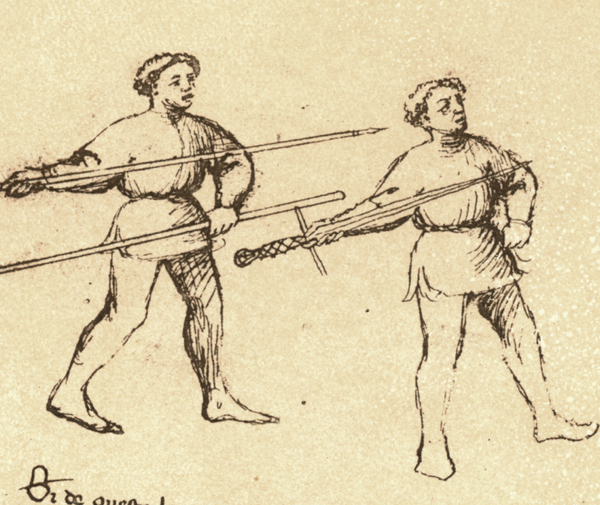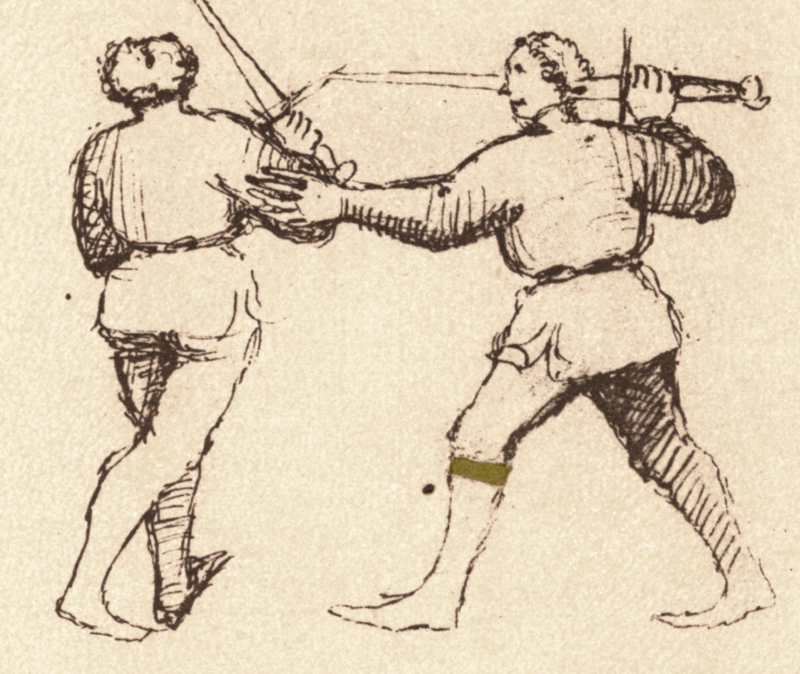Bullshidog
White Belt
I was just watching Iajitsu practise. While the style does have two handed techniques, a lot of focus is quick draw and thus so many techniques rely on a single hand.
As someone who watches a lot of Wuxia, there are entire styles in China devoted to teaching how to use a Jian only ith one hand while another school will focus on using a Jian two handed hile others teach Jan and sword combination or to Jians, and other stuff.
Now I know European sword schools emphasize heavily for one handed weapons ho to use a sword and shield combo or ho to use dagger and short sword so the concept isn't entirely unknown.
But I still have to ask. Considering katana is a two handed sword by design but you have schools teaching one handed fighting and some Dao schools in China focus on a two handed grip as the style's core despite Daos beng designed as one handed weapons (esp with a shield), I have to ask why European styles never developed an approach like this? Afterall later Jians ere gentlemen weapons similar to rapiers (to the point Skallagram even had a video where a Jian expert comments how similar many early rapier cutting techniques were to later Jians) and thus ere made for a single arm to wield-yet eve by the gentleman's era of peace so common in the cycle of Chinese dynasties, there existed schools completely focused on to handed Jian styles.......
I'd have to ask why European styles ere so focused on predominantly single or two arms? Sure Iajitsu and Iado has some two handed techniques but compare that to say wielding a claymore. Single hand techniques in Claymore use aver very few in comparison to one hand slash in Iado.
I mean I play tennis a lot yet there are plenty of two handed moves tot he point some players focus almost just as much one to handed strike and there's at least several pros who focused on power hitting thus using double grip in their careers.
So why did European styles never developed for example a focused approach to using an arming sword with double grip or a Zweihander with a single hand? Very few single handed moves with a Scottish CLaymore and even though some later longer gladius had lager hlts, the focus was still one single arm despite the fact some recorded duels had killing blows with to swords. Compare that to plenty of schools teaching single hands in Japan and two handed approach to single armed gentleman's swords in China!
Why?
As someone who watches a lot of Wuxia, there are entire styles in China devoted to teaching how to use a Jian only ith one hand while another school will focus on using a Jian two handed hile others teach Jan and sword combination or to Jians, and other stuff.
Now I know European sword schools emphasize heavily for one handed weapons ho to use a sword and shield combo or ho to use dagger and short sword so the concept isn't entirely unknown.
But I still have to ask. Considering katana is a two handed sword by design but you have schools teaching one handed fighting and some Dao schools in China focus on a two handed grip as the style's core despite Daos beng designed as one handed weapons (esp with a shield), I have to ask why European styles never developed an approach like this? Afterall later Jians ere gentlemen weapons similar to rapiers (to the point Skallagram even had a video where a Jian expert comments how similar many early rapier cutting techniques were to later Jians) and thus ere made for a single arm to wield-yet eve by the gentleman's era of peace so common in the cycle of Chinese dynasties, there existed schools completely focused on to handed Jian styles.......
I'd have to ask why European styles ere so focused on predominantly single or two arms? Sure Iajitsu and Iado has some two handed techniques but compare that to say wielding a claymore. Single hand techniques in Claymore use aver very few in comparison to one hand slash in Iado.
I mean I play tennis a lot yet there are plenty of two handed moves tot he point some players focus almost just as much one to handed strike and there's at least several pros who focused on power hitting thus using double grip in their careers.
So why did European styles never developed for example a focused approach to using an arming sword with double grip or a Zweihander with a single hand? Very few single handed moves with a Scottish CLaymore and even though some later longer gladius had lager hlts, the focus was still one single arm despite the fact some recorded duels had killing blows with to swords. Compare that to plenty of schools teaching single hands in Japan and two handed approach to single armed gentleman's swords in China!
Why?




